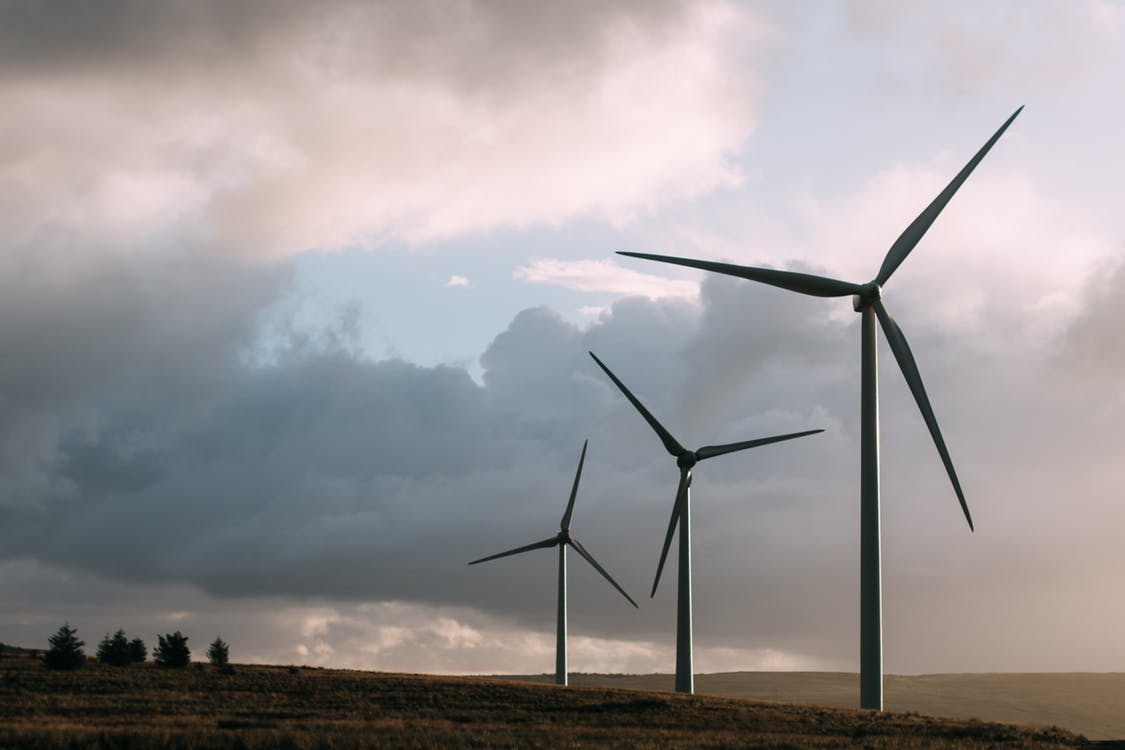2020 was a record-breaking year, with wind generation, solar, and coal-free records helping to make it the greenest year ever for Great Britain’s electricity network.
The record for wind generation was broken on several occasions last year, with the final record set on 18 December when wind generated 17.2GW, National Grid ESO announced in its final statistics for 2020. Wind also set a new record for highest share in the energy mix on 26 August, when it contributed 59.9% of the nation’s electricity as Storm Francis hit.
These records in the second half of the year are particularly impressive as wind got off to a strong start to the year as storms battered the UK, driving up generation. Storm Ciara in February for example pushed wind power to 44.26% of the power mix, breaking the record set the previous December.
As well as generation growing in 2020, the commitment to wind also did, in particular with Prime Minister Boris Johnson setting a new target for 40GW of offshore wind by 2030. Onshore wind also received a boost, with the return of Pot One Contract for Difference (CfD) auctions, allowing the technology to compete for government subsidies for the first time since 2015.
It was also a bumper year for solar generation, setting a new record for generation at 9.7GW and for highest share in the energy mix at 34%. National Grid ESO remarked that the technology “comfortably” provided a third of Britain’s electricity supply on several occasions in May.
The strong growth in renewable generation allowed for a longer coal-free period in the country than ever seen before, with Britain running for nearly 68 days without the fossil fuel between 10 April and 16 June 2020.
Overall, there were 5,147 hours that were coal-free last year, a dramatic increase from 2019 which saw 3,666 hours, 2018 which saw 1,856 and 2017 which saw just 624 hours without coal. The fossil fuel now contributes just 1.6% of the electricity mix, compared with almost 25% in 2015.
In particular, 2020 was the first coal-free Christmas in Britain since the Industrial Revolution, with zero carbon sources contributing over half of the electricity mix. According to National Grid ESO, 30.9% of electricity coming from gas, 27.1% from wind, 21.4% from nuclear, 9.1% from imports, 7% from biomass, 2.9% from hydro and 1.5% from solar.
“It’s an exciting time, and the progress we’re seeing with these records underlines the significant strides we’re taking towards our ambition of being able to operate the system carbon free by 2025,” commented Rob Rome, interim head of national control at National Grid ESO.
However, the cold weather seen at the beginning of 2021 has led to a greater reliance on coal once again, with generation from coal reaching 3.8GW on Wednesday 6 January. This is the higher than any period since 6 March 2020, with Drax, West Burton and Ratcliffe power stations all generating.
This surge in renewables and lower coal usage, together with record low electricity demand during the first COVID-19 lockdown – which hit an all-time low of just 13.8GW in May – led to 2020 being the greenest year the electricity network has ever experience.
The average carbon intensity in 2020 was down to 181gCO2/kWh, a 66% decrease in the last seven years. May holds the title for lowest carbon intensity month, with an average carbon intensity 143gCO2/kWh thanks in large part to the contribution of solar. On 24 May, the carbon intensity was just 46gCO2/kWh, the lowest ever seen.
Read more: CURRENT




